Stonehenge

One of the most popular archaeological monuments in the world, consisting of a group of large standing stones in a circular setting, erected sometime around 2500 BC (?). Located in the middle of a dense complex of archaeological monuments.
Dwarfie Stane
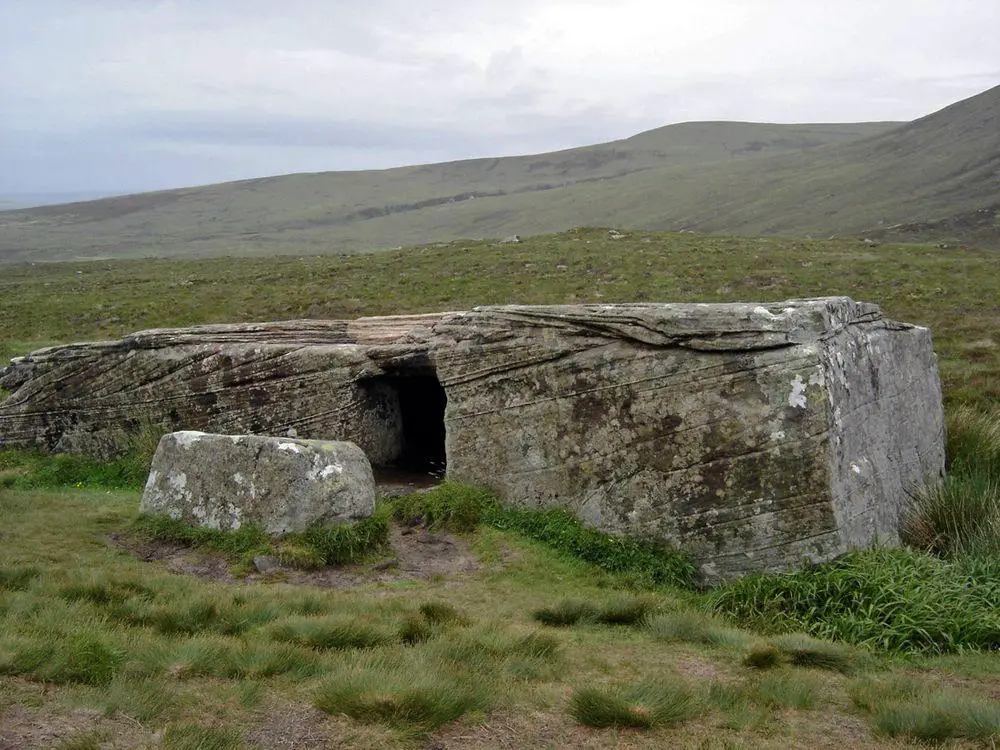
Unique monument – chambered tomb carved in a single block of sandstone. Possibly the only sample of Neolithic rock cut structures in Britain.
Nusa Roviana hillfort and shrines
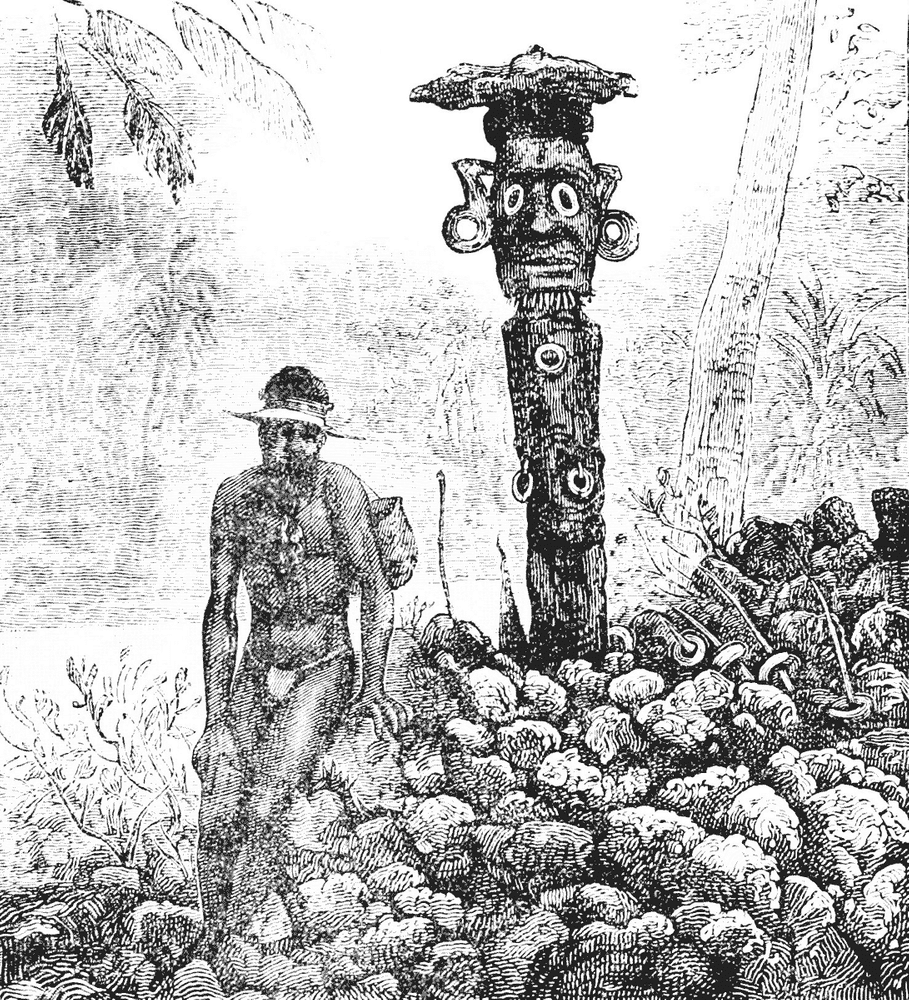
Impressive settlement complex – 600 m long hillfort with 3 m high, 2 m wide, and 500 m long wall made of stone rubble. Here are located 13 skull shrines filled with skulls of deceased chiefs. A small terraced area in the highest place of the island contains a legendary shrine – Tiola or dog shrine with a stone carving – dog’s head. The fortress was destroyed in 1892.
Arai Te Tonga – the most sacred marae in Rarotonga
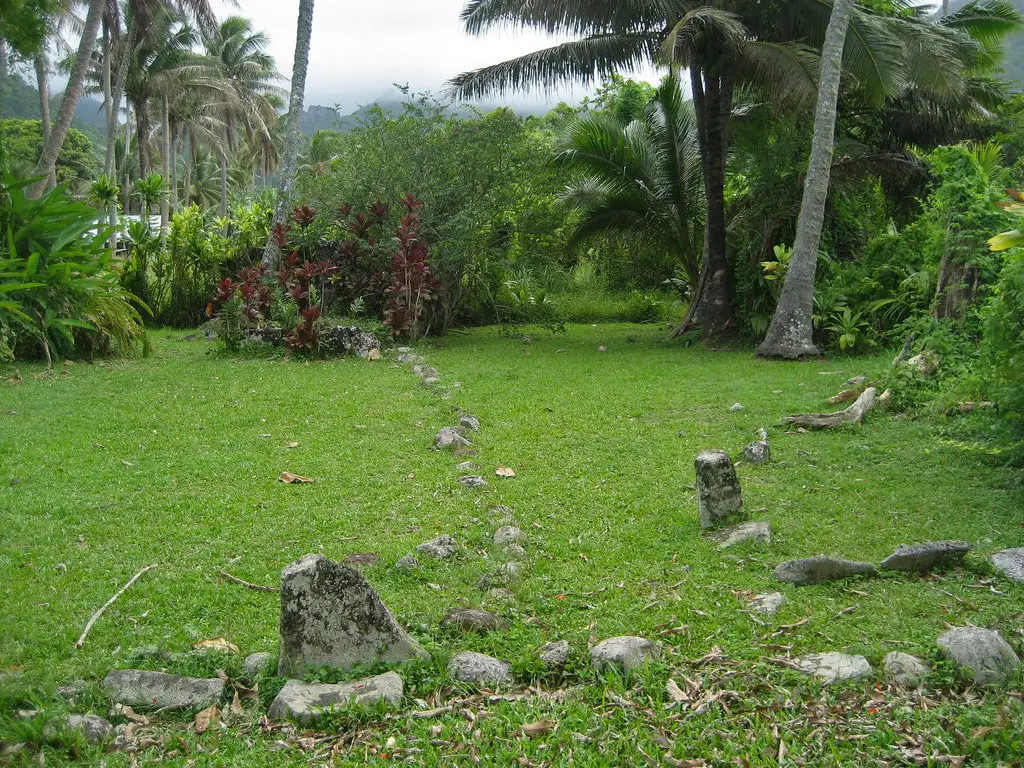
The most sacred marae in Rarotonga was developed roughly in 1250 AD. Not much is visible above the soil. Includes also koutu – a meeting ground. It is not allowed to step on a marae – it is still sacred.
Ara Metua – ancient Polynesian road
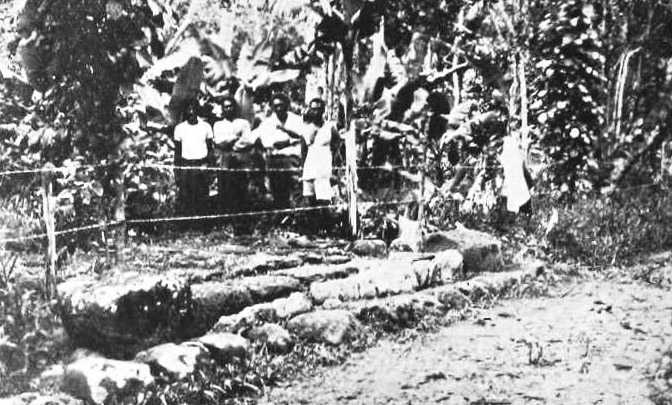
Ancient, approximately 29 km long ancient road, located inwards from the present road. Until the middle of the20th century road, for the most part, was paved with basalt and coral slabs well fitted together, in villages there was curbing as well. The road served as the central element in the spiritual, administrative, and economical life of the island. Possibly built as early as around 1050 AD.
Roopkund – Skeleton Lake
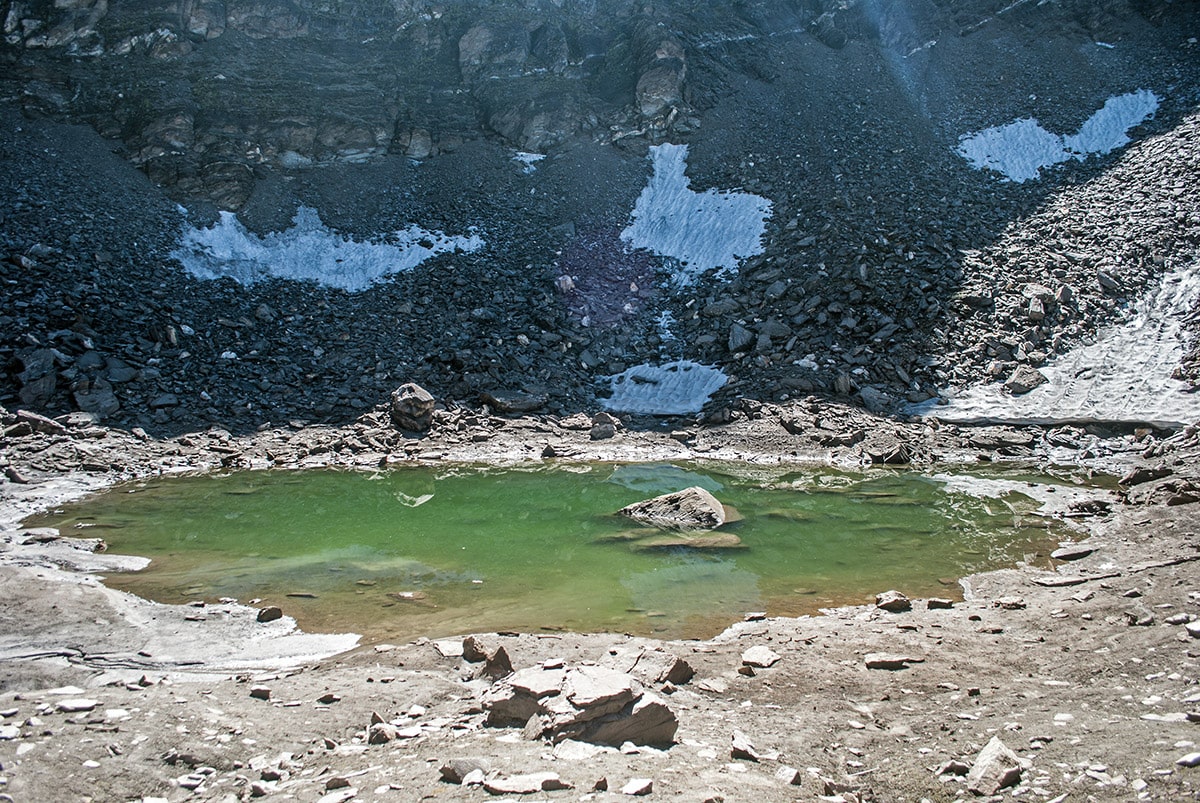
At this glacial lake at great height were found more than 500 skeletons of pilgrims. These people died around the 12th – 15th century AD. Further studies of the damages to their skulls have shown that these people died from sudden hailstorms – there was no shelter and people died from falling iceballs.
Adivaraha Cave Temple
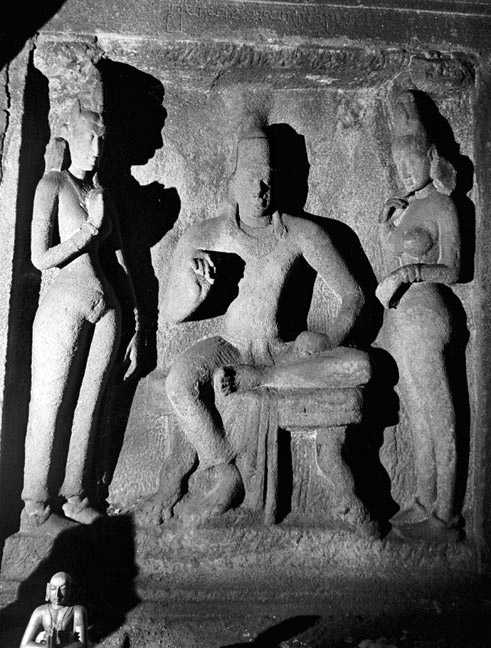
This rock-cut temple contains beautiful sculptures representing some of the highest achievements of South Indian art. Constructed around 630 – 668 AD.
Aurangabad Caves
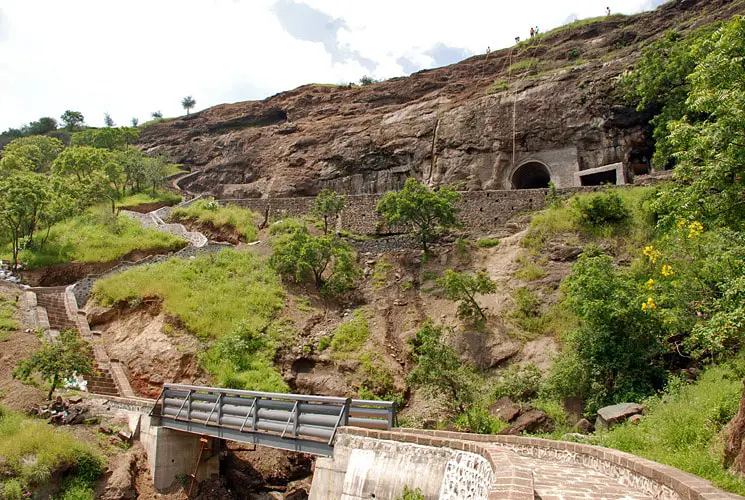
12 rock-cut Buddhist temples from the 2nd – 7th century AD with some of the best sculptures of the classical Indian period.
Ravana Phadi, Aihole
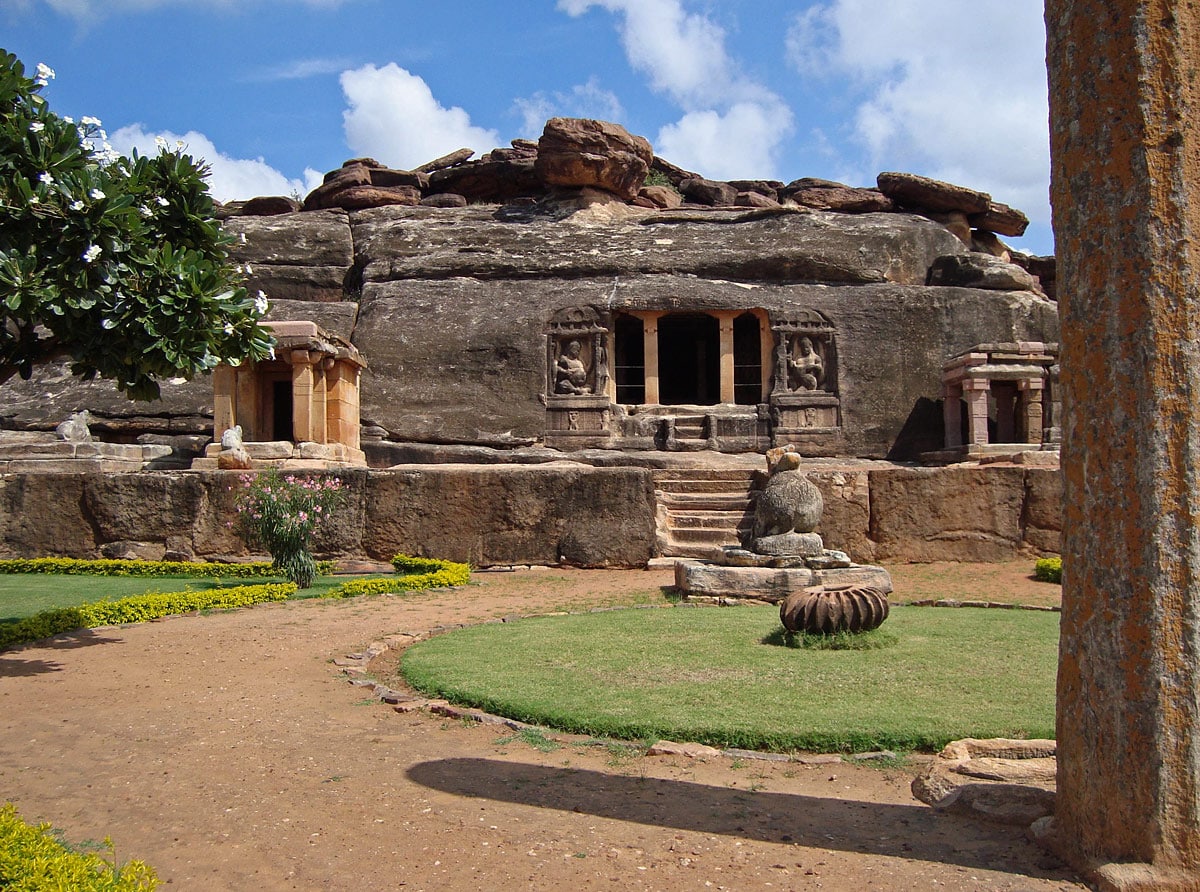
A rock-cut Hindu temple from the 6th century AD. Contains exquisite stone carvings, an important monument of Chalukya architecture.
Pitalkhora Caves
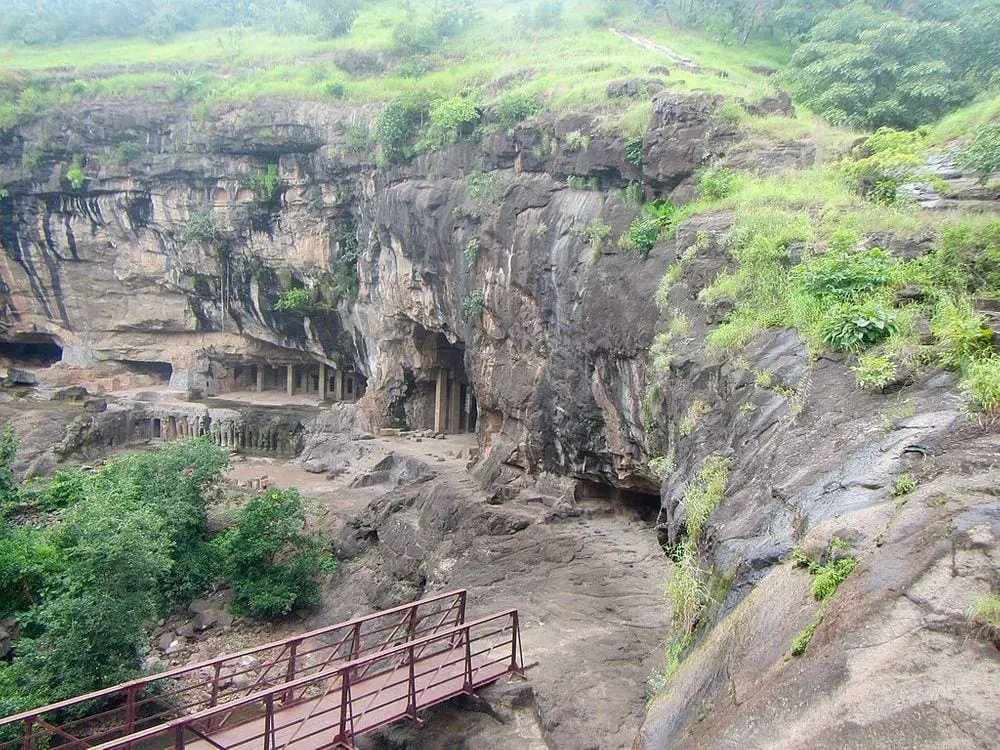
14 ancient rock-cut Buddhist sanctuaries from around 250 BC. In the 4th century AD, it was revived and murals were added.
